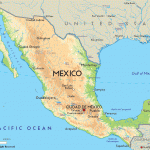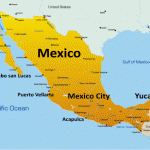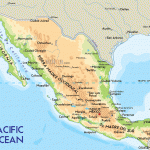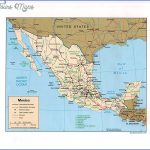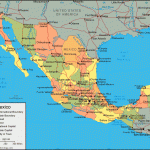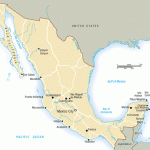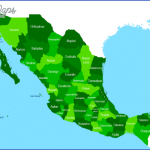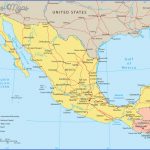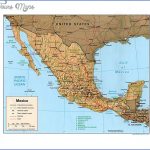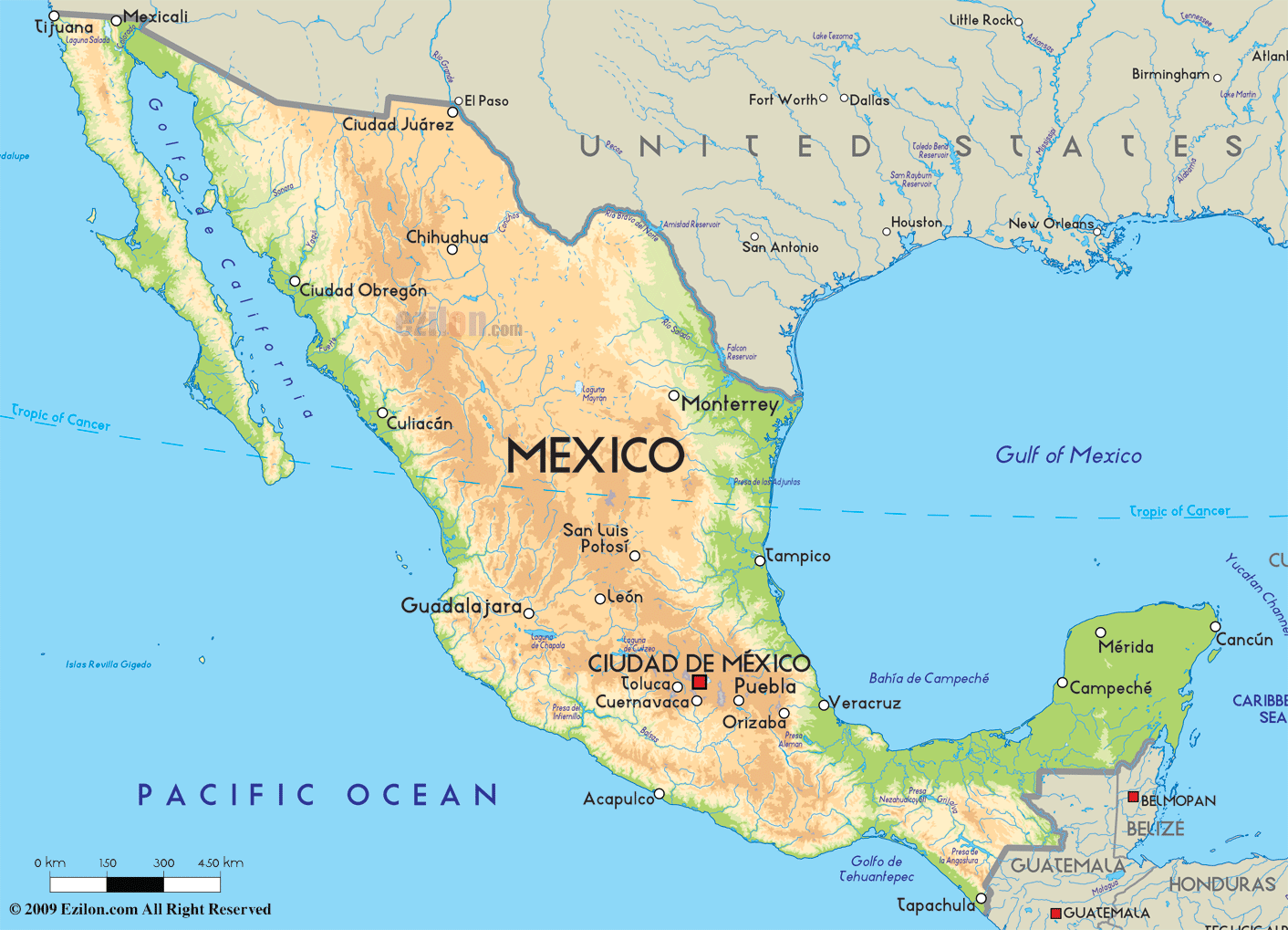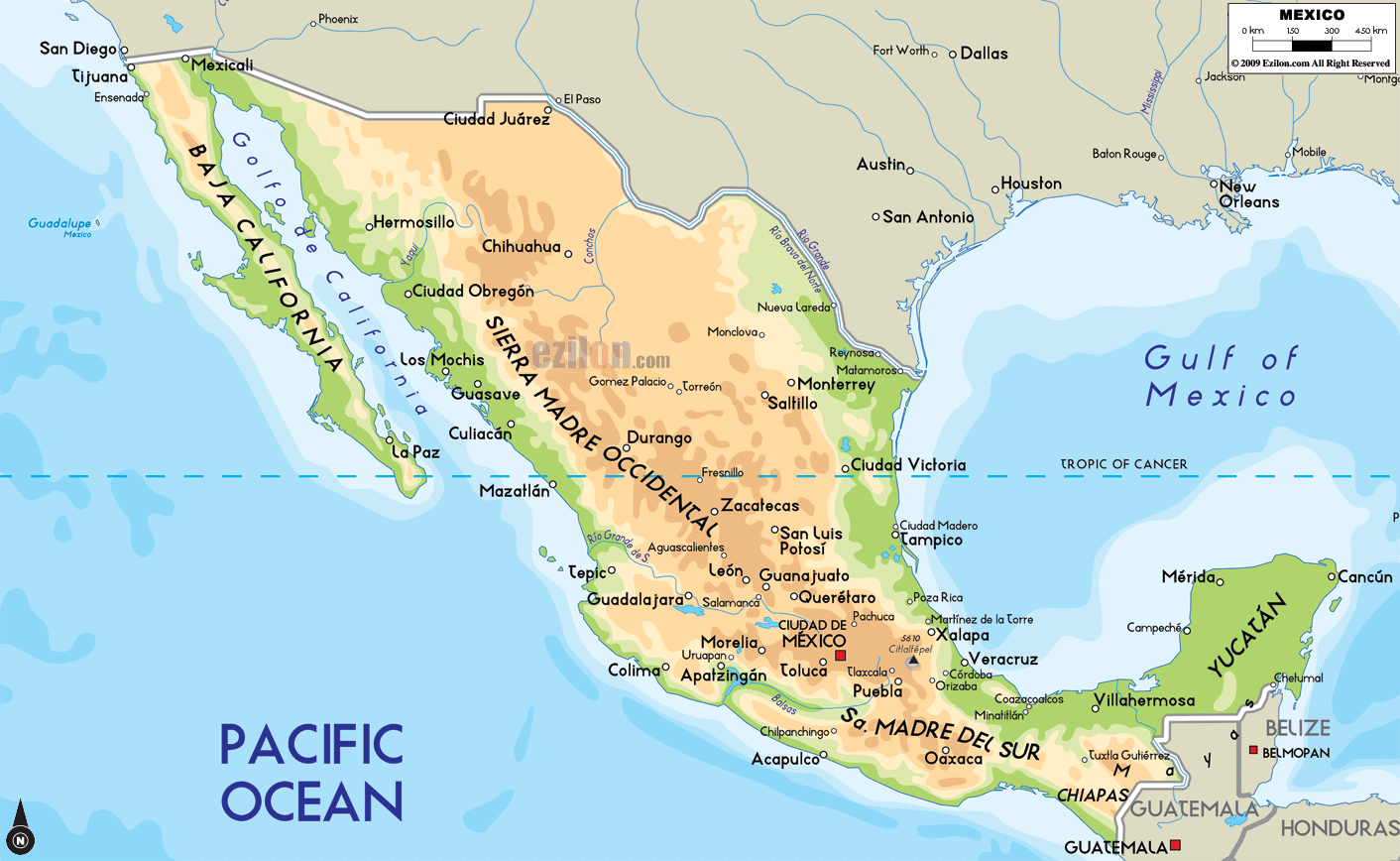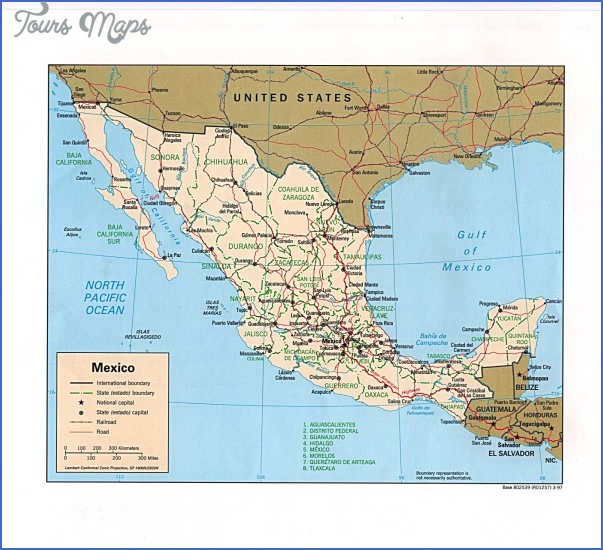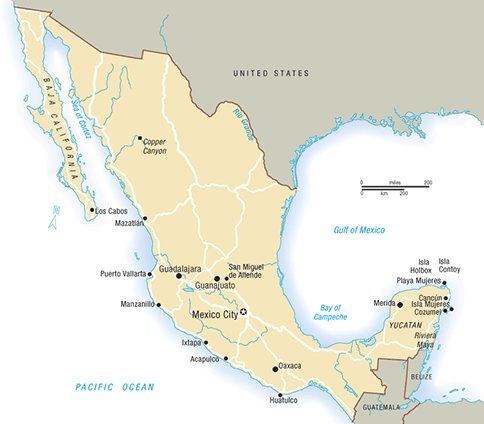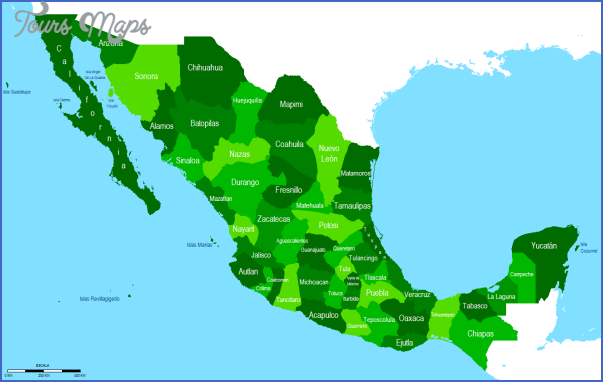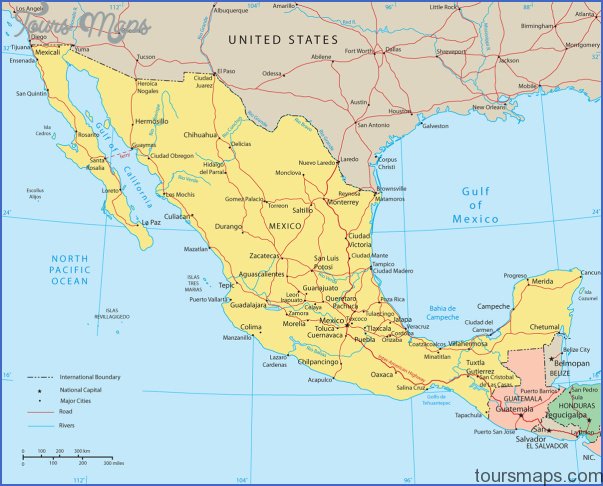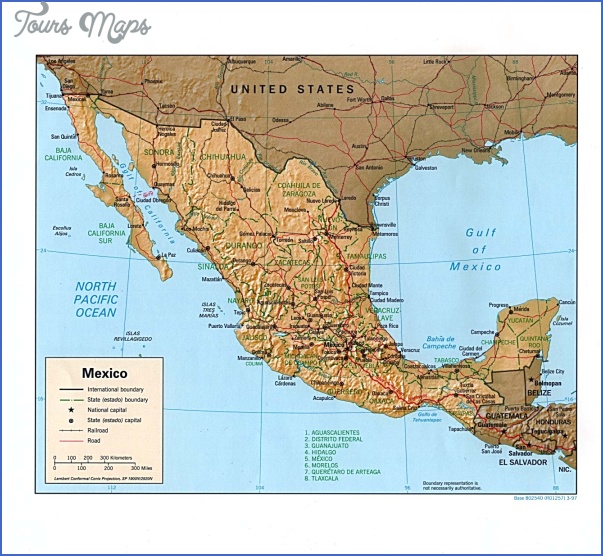Aficionados of Mexico proclaim it to be the destination to end all destinations: a land of contrasts and wonder, offering beaches, mountains and fascinating Indian ruins inexpensive, colorful the land of friendly people, exciting food and drink. The detractors reply: Yes, the food is exciting, especially when loaded with E.coli germs that cause uninterrupted diarrhea and vomiting. Some people are not very friendly, certainly not the police on the take, where justice seems more related to influence than reason. It is the land of the mordida, the payoff, where bribery is a way of life. A land of contrast between the very rich who care very little for the masses of the very poor. All of this is true.
As of 1983 the Mexican peso had fallen drastically and the American dollar made Mexico a travel bargain. Public transportation, including air, bus and rail within the country, was ridiculously cheap. Travel expenses within Mexico vary widely from time to time. Every few years the government devalues the currency and for a while Mexico becomes a real travel bargain. Inflation then again appears, pushing up the prices.
After Canada, Mexico is the most visited foreign country by North Americans. Some sixty-five million Americans pour across the border to taste a different culture, to shop and to sin. About four million North Americans visit Mexico each year for longer stays and leave about $2 billion. Tourists favor the Mexican Riviera, the warm-weather beach cities stretching from Mazatlan in the north to Acapulco in the south. Americans also visit what may be the world’s largest city, Mexico City, called simply Mexico by the Mexicans. Sitting out in the Gulf of Mexico on the Yucatan Peninsula is Cancun, newest of the beach resorts, another favorite.
Mexico, the third largest in size of the Latin American nations (after Brazil and Argentina), is second largest in population, about seventy-two million, and growing rapidly. Though it has vast oil reserves Mexico has tremendous debts, about $80 billion in 1983. Paradoxically the discovery of these large oil and gas reserves only hastened Mexico’s descent into debt. International bankers relied on the petroleum reserves as collateral as the Mexican government built huge public works and created a monstrous bureaucracy. Little of oil income ever reaches the masses. Corruption is rife. Politicians routinely syphon off fortunes while in office, unmindful that most people are desperately poor and large numbers malnourished. About half the working population are either unemployed or underemployed. In 1950 two-thirds of the population was rural; today two-thirds is urban.
FIGURE 3.1 Map of Mexico with major cities noted.
MEXICO Photo Gallery
Maybe You Like Them Too
- Explore Góra Kalwaria, Poland with this detailed map
- Explore Gumdag, Turkmenistan with this detailed map
- Explore Telfes im Stubai, Austria with this detailed map
- Explore Langenselbold, Germany with this detailed map
- Explore Krotoszyn, Poland with this detailed map

